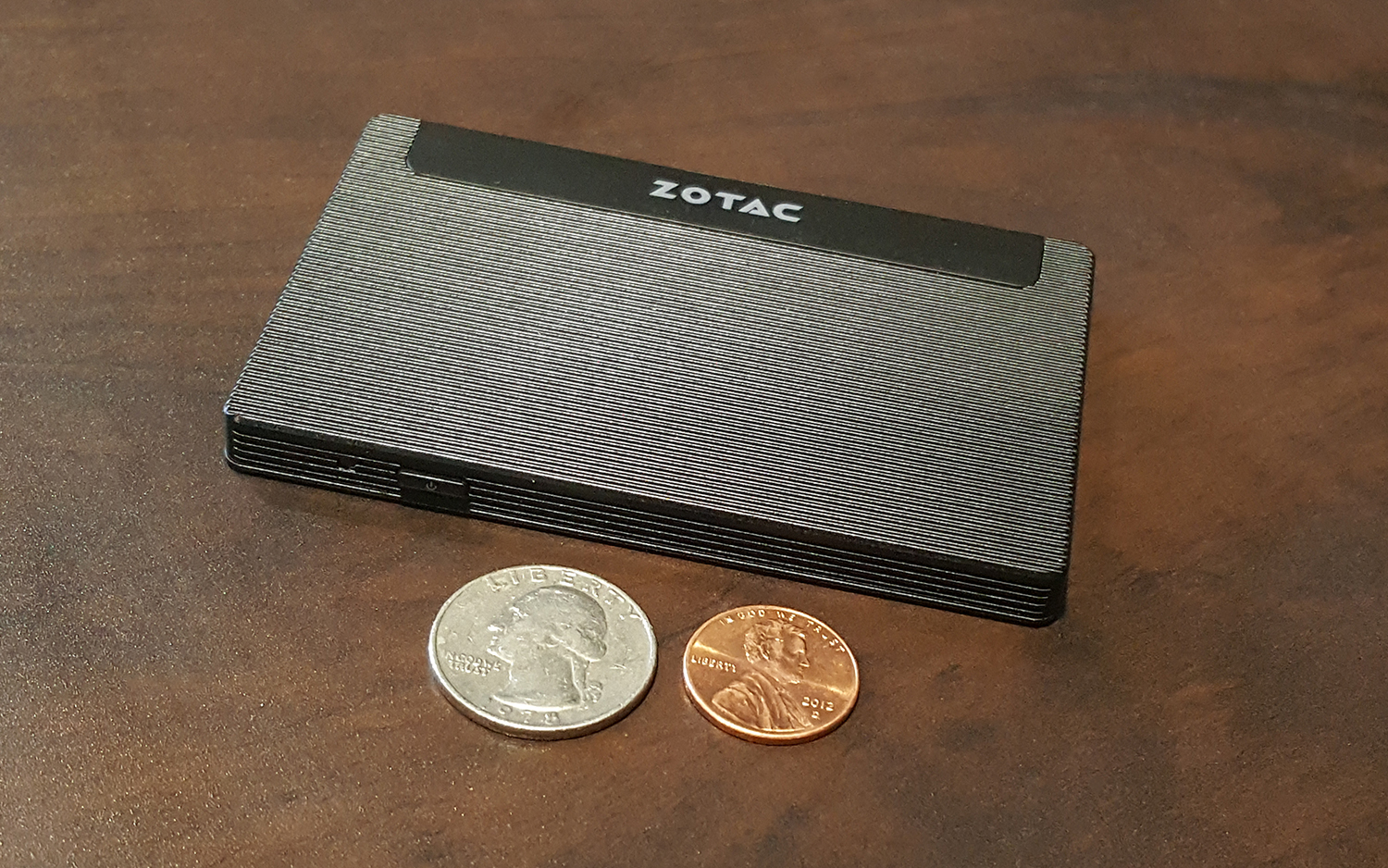Tom's Guide Verdict
The Zotac Zbox PI225 pico is the smallest mini PC we've reviewed, but that small size brings some constraints on port selection and performance.
Pros
- +
Extremely small size
- +
Passive cooling keeps it silent
- +
Affordable price
- +
Versatile USB Type-C ports
Cons
- -
Requires adapter for most peripherals
- -
Mediocre performance
- -
Runs hot
Why you can trust Tom's Guide
Mini PCs are known for their small designs, but the Zotac Zbox PI225 pico is possibly the smallest yet. The extremely slim, superlatively small PI225 is more than small enough to tuck out of sight — in fact, it's small enough to hide behind your credit card. Inside the Lilliputian PC is a full-fledged Windows 10 experience, but with a limited port selection and middling performance, it's best-suited to those applications where the small size is more important than raw power.
Design
The ZBox pico line has always set the standard for mini PCs, but the PI225 is amazingly small. The rectangular chassis measures just 3.76 x 2.48 x 0.31 inches – just a little larger than a credit card. So it’s probably smaller than your wallet, and lighter, too, at just 2.64 ounces. Throw in the power adapter and the whole thing still weighs just 6 ounces.
The PI225 is designed to be small – "the world’s smallest and thinnest Mini PC ever built," according to Zotac – but also quiet. The fanless design uses passive cooling, with that compact aluminum chassis as the heat sink for everything inside. That means no moving parts that could break and no fan noise when the system gets to work.
Zbox pico measures just 3.76 x 2.48 x 0.31 inches – just a little larger than a credit card.
Included in the box with the small PC is a power adapter, which connects via micro USB, a number of international outlet adapters, a mounting bracket that lets you attach the little Zotac to the backside of a monitor or elsewhere, some documentation and an OS recovery DVD.
Ports and Adapters
The PI225 pico’s tiny design doesn't leave much room for ports or controls. One end of the mini PC has a micro USB power connector, and one side is adorned only by the system power button and a small indicator light. On one side of the tiny PC is a microSD card slot, which lets you add an extra 32GB, 64GB or 128GB of memory to the system's 32GB of internal storage.
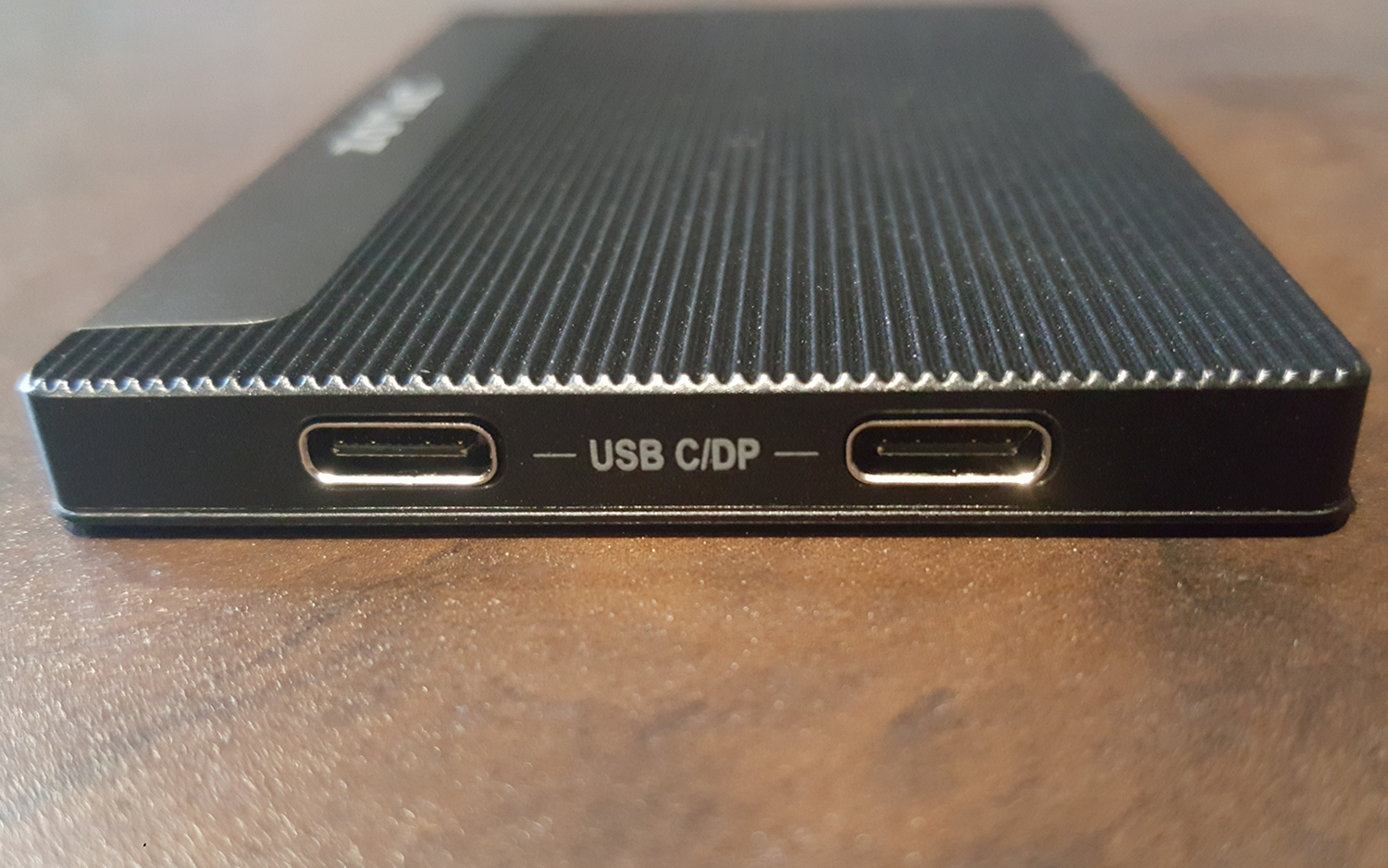
On the top edge of the aluminum chassis you'll find a pair of USB Type-C ports. These are the sole inputs and outputs for whatever video output, device or peripheral you might want to attach. The USB-C ports have broad capabilities – you can run multiple USB 3.0 ports off a single USB-C, and the PI225 can output 4K video over the same port – but the newer standard isn't nearly as ubiquitous as regular USB Type-A connections are.
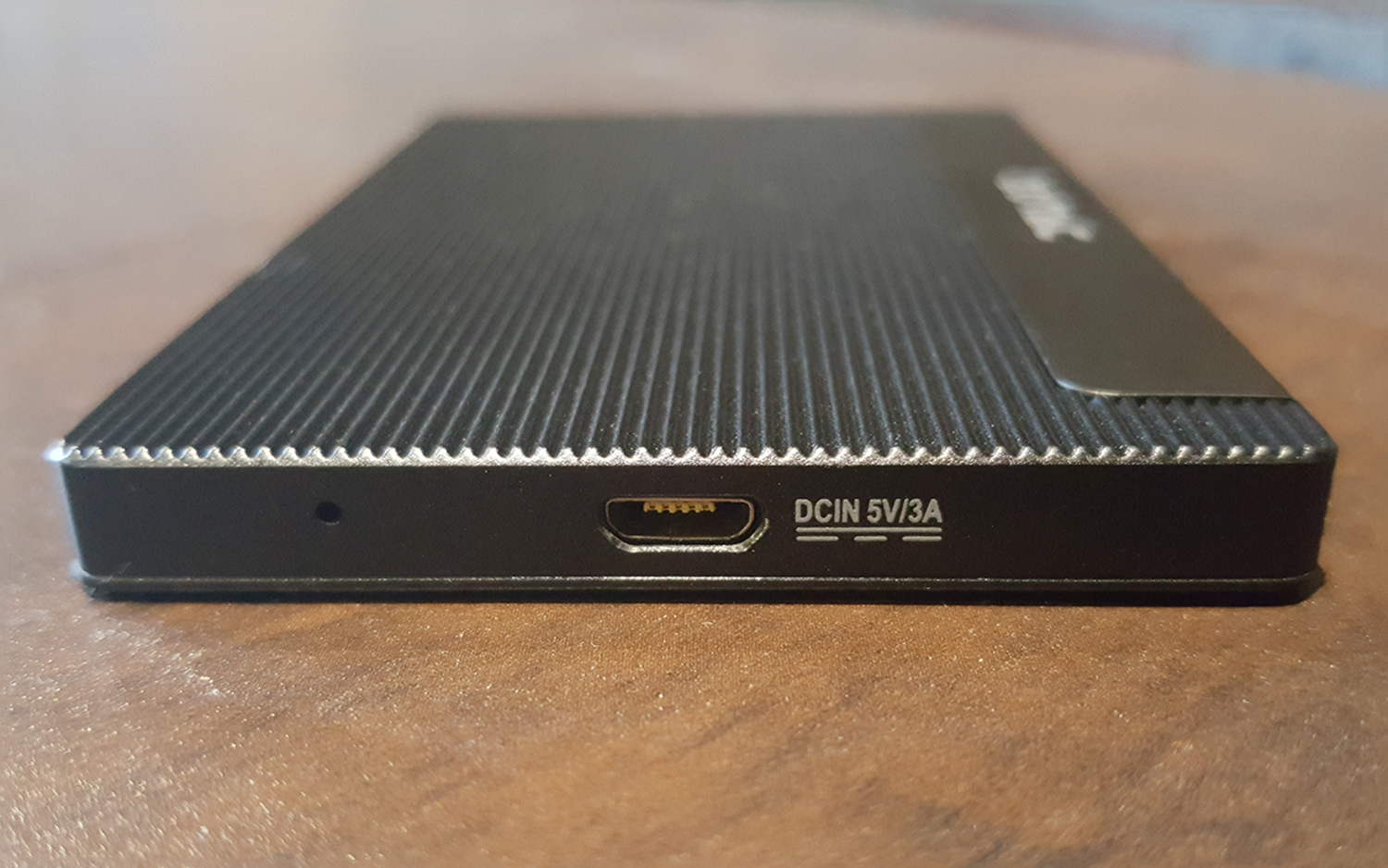
To make things a little easier, the PI225 comes with an adapter that converts one USB-C port into a pair of standard USB ports and a single HDMI connection. If you want to pair the second USB-C port with a USB-C hub, you can connect any number of devices to the mini PC, but on it's own, it's short on usable ports. With the included adapter, the total carry weight of the PI225 jumps up to 7.5 ounces.
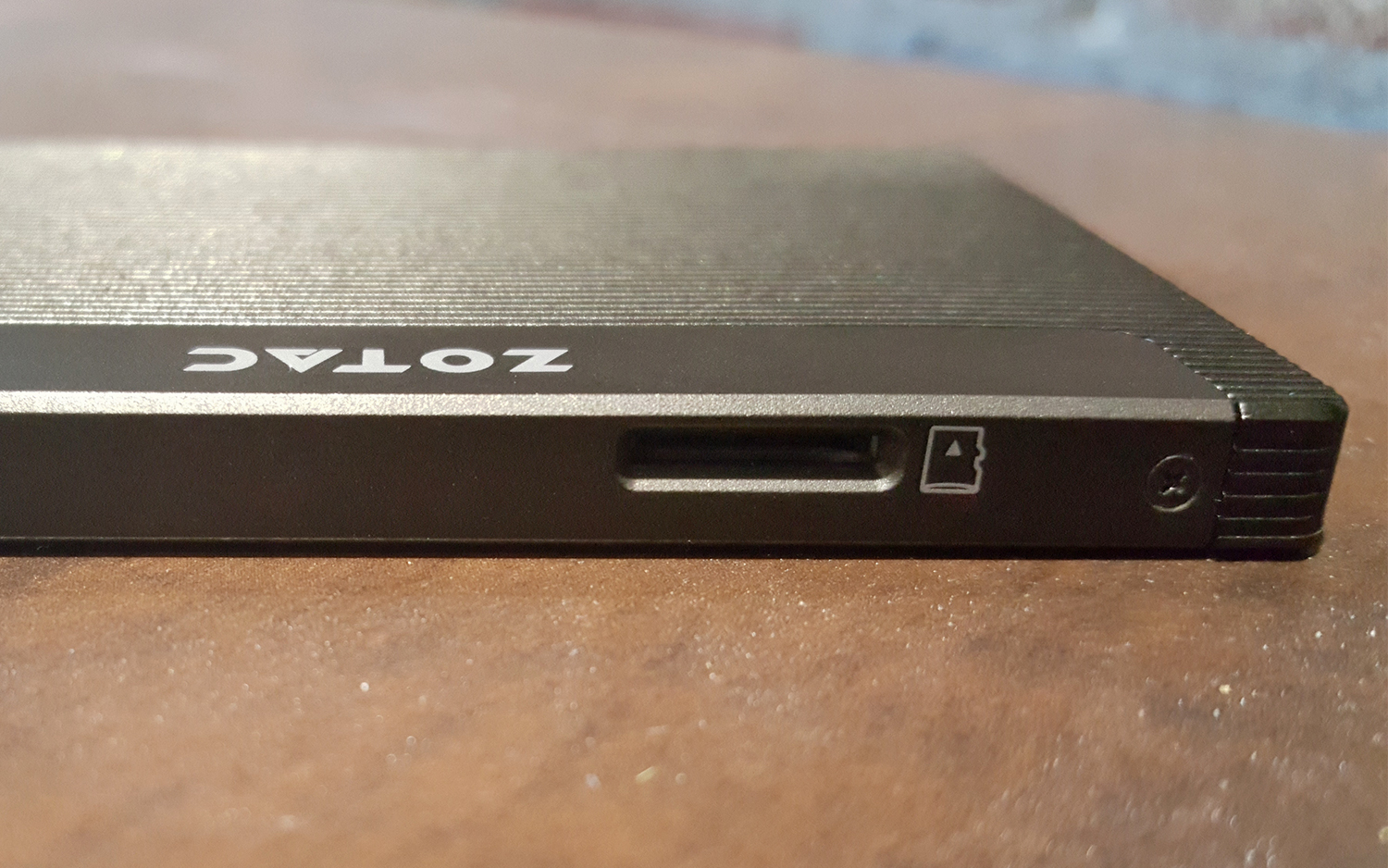
Without a built-in Ethernet port (or an adapter to add one), network connectivity will have to be wireless, using the PI225's built-in 802.11ac Wi-Fi. You can also connect headphones and other devices using Bluetooth 4.2, which is especially handy, given the fact that the little PC has no audio output.
Performance
The difficulty faced by mini PCs has always been with delivering more power out of smaller designs, leveraging low-powered CPUs and thermally challenging compact-chassis designs. The PI225 does this with an Intel Celeron N3350 1.1-GHz processor, paired with 4GB of RAM and 32GB of eMMC storage.
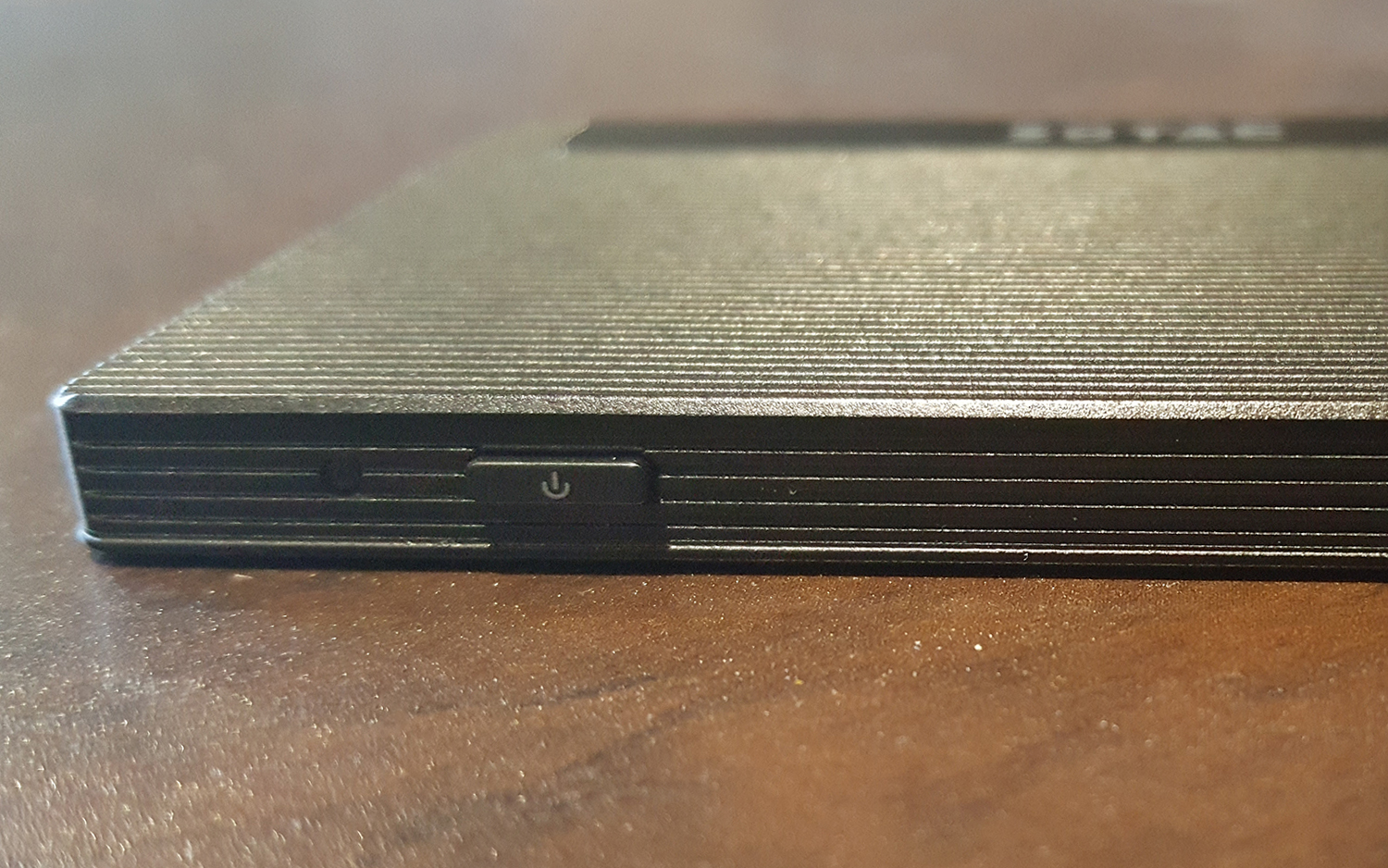
These specs are right in line with what we've seen on other mini PCs, like the Kangaroo Mobile Desktop (Intel Atom x5-Z8500, 2GB of RAM), or the Ockel Sirius B Black Cherry and Azulle Access Plus (which both have an Intel Atom x5-Z8350 and 4GB of RAM).
After I opened a sixth browser tab, performance began to lag considerably.
I was able to stream 1080p video from YouTube while browsing in Microsoft Edge, but after I opened a sixth browser tab, performance began to lag considerably. However, for those thinking about using this as a home media PC, rest assured that it will output to 4K, but only at 30 hertz.
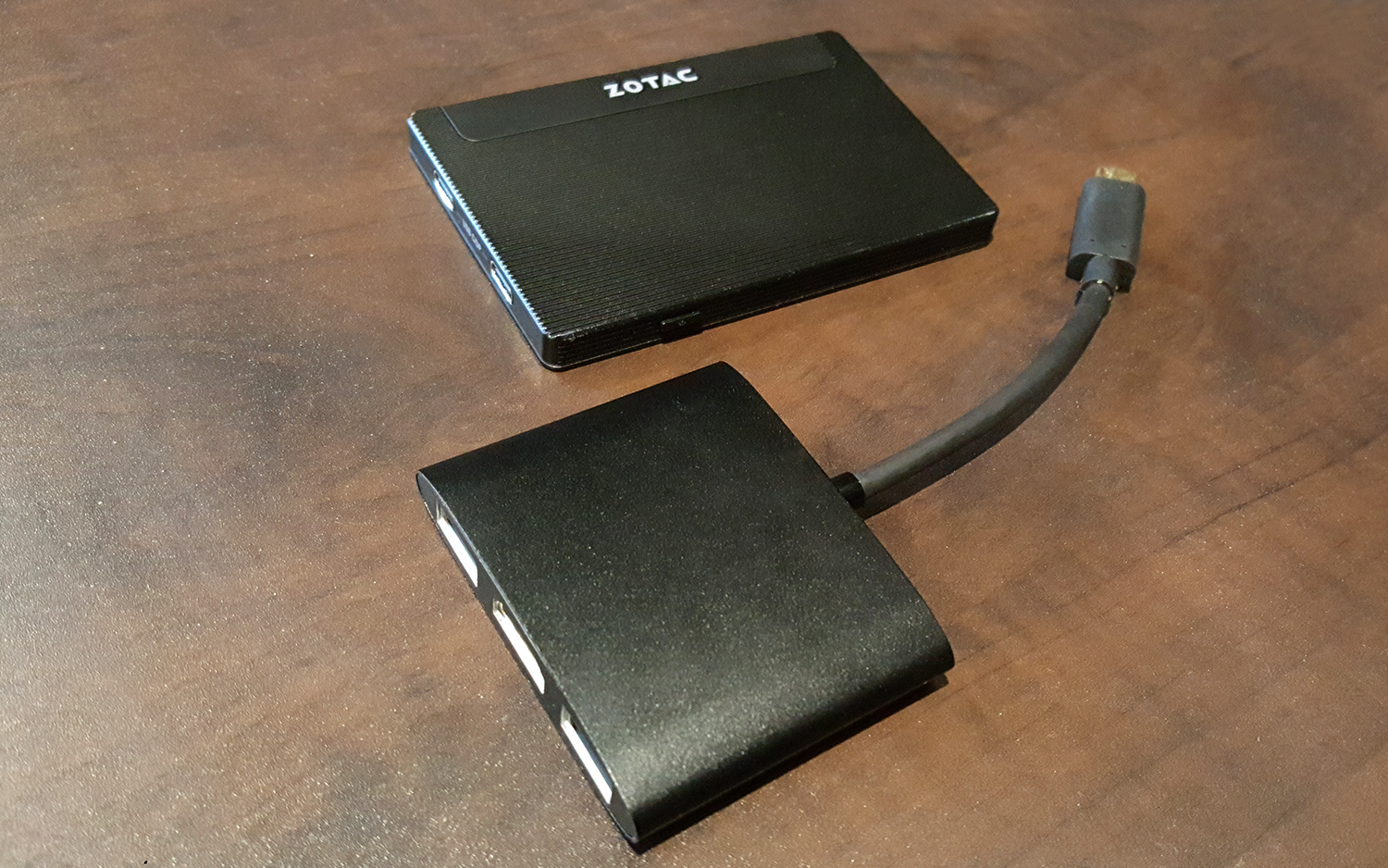
File-transfer speeds were quite fast — the pico copied a 4.97GB file in just 1 minute and 53 seconds, at a rate of 45.04 MBps. That's faster than both the Ockel Sirius B Black Cherry (24.35 MBps) and the Azulle Access Plus (41.04 MBps).
In terms of processing power, the PI225 is a bit underpowered, as seen in Geekbench 4 test results. The Zotac managed only 1,475 points, while both the Ockel Sirius B Black Cherry (2,283) and Azulle Access Plus (2,401) put up better numbers. The same was seen when comparing the PI225's Geekbench 3 results (1,304) against those of the older Kangaroo Mobile Desktop (3,248).
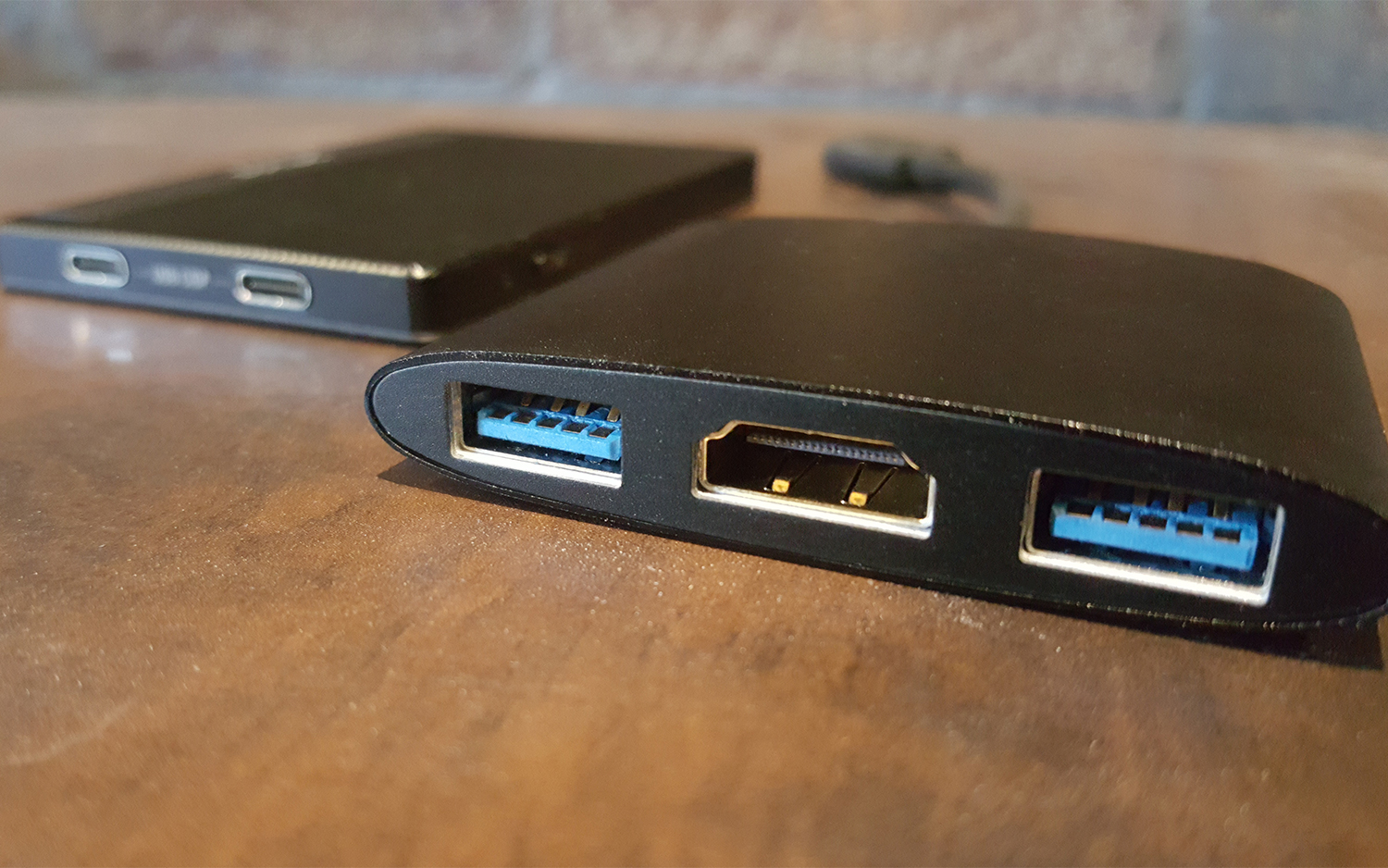
There was a similar performance gap when we ran our OpenOffice spreadsheet test, a processor-intensive test that uses a macro to pair 20,000 names and addresses. The PI225 finished the task in 21 minutes and 55 seconds, which lags behind the competition. The Kangaroo Mobile Desktop (17:56), the Ockel Sirius B Black Cherry (18:50) and the Azulle Access Plus (16:47) all managed faster times.
MORE: Best Mini PC - Small Computers for Work, Gaming ...
Graphics performance was also limited. In 3DMark Ice Storm Unlimited, the Celeron-powered Zotac scored a decent 13,462 points but was outpaced by the Atom-powered Kangaroo Mobile Desktop (16,037) and the Azulle Access Plus (18,805).
Heat
The ultrasmall design of the PI225 may fit into a pocket with ease, but it’s not meant to be used there. The 0.31-inch-thick mini PC uses its aluminum chassis as a heat sink for the internal components, but that just means the whole thing runs hot – up to 120 degrees during our use.
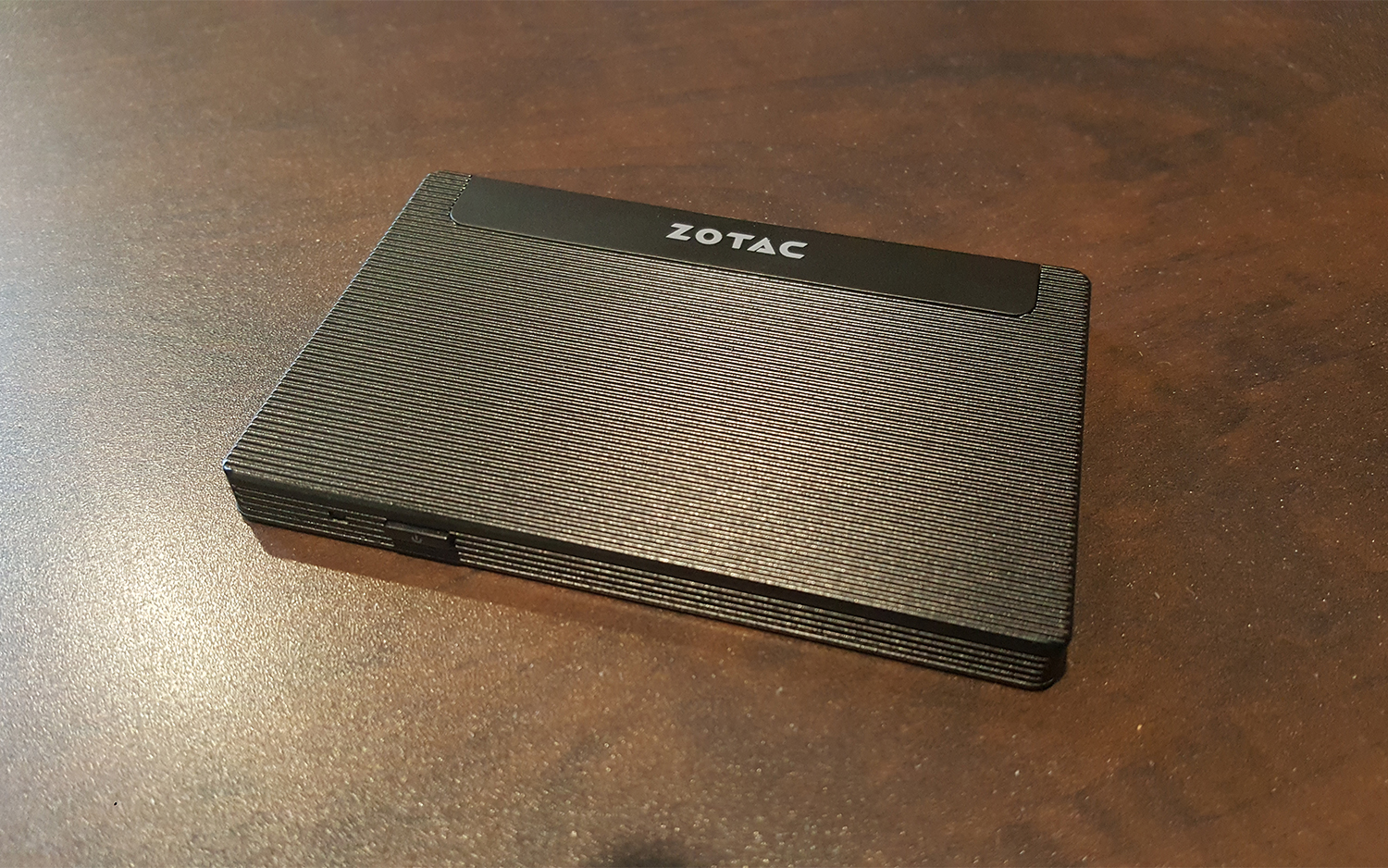
That’s way beyond the 95 degrees that we consider the upper limit of comfort, but it’s not unusual for the smallest of mini PCs. The Azulle Access Plus, for example, peaked at 126 degrees during our testing. But since this tiny computer is meant to be used on a desk, mounted behind a monitor or otherwise moved out of the way, that heat isn’t a major issue.
Software and Warranty
The Zbox PI225 pico comes with Windows 10 Home edition preinstalled and includes a Windows 10 recovery disc in the box. While the Windows installation is fairly stripped down, it still comes with some additional software, courtesy of Microsoft. These include games like Candy Crush Soda Saga, Asphalt 8 and others, alongside more useful apps like Drawboard PDF, SketchBook and Skype.
MORE: USB Type-C FAQ
Zotac offers a limited two-year warranty on the PI225, twice the coverage period offered on most mini PCs.
Bottom Line
The Zotac Zbox PI225 pico delivers on its promise of an extremely small mini PC, packing a functioning Windows PC into an astonishingly small size. But the performance lost, even when compared to other mini PCs and stick PCs, means that unless you need the absolute smallest option, you may be better off with one of its similarly pocket-friendly competitors.
The Ockel Sirius B Black Cherry is a little bigger – though still smaller than most portable hard drives – and offers much better performance, but for more than twice the price. Alternatively, the Azulle Access Plus has a similar price, but offers better processing and graphics capability, in a convenient stick-PC design.
Credit: Tom's Guide
Brian Westover is currently Lead Analyst, PCs and Hardware at PCMag. Until recently, however, he was Senior Editor at Tom's Guide, where he led the site's TV coverage for several years, reviewing scores of sets and writing about everything from 8K to HDR to HDMI 2.1. He also put his computing knowledge to good use by reviewing many PCs and Mac devices, and also led our router and home networking coverage. Prior to joining Tom's Guide, he wrote for TopTenReviews and PCMag.
